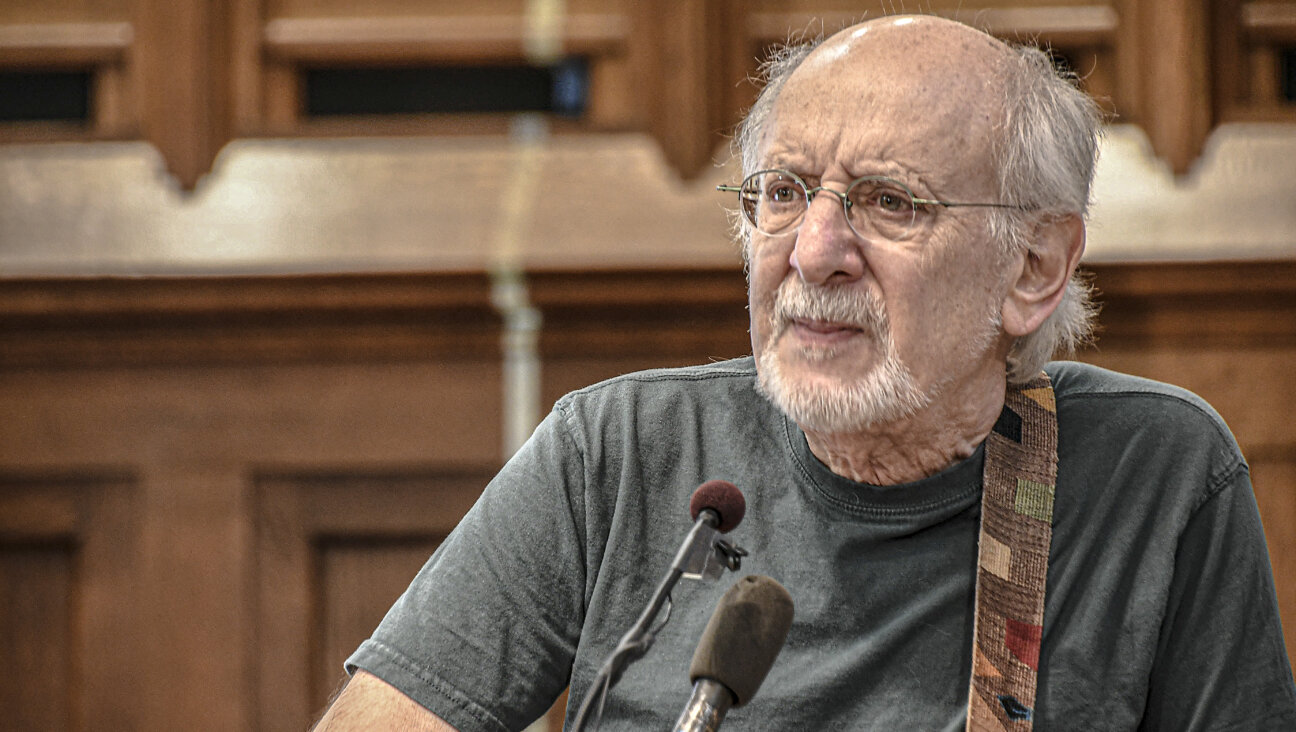Genes Tell Tale of Jewish Ties to Africa

Image by Kris Snibbe

Genetic Melting Pot: David Reich (left) and Priya Moorjani found that Jews and Africans mixed genes about 2,000 years ago. Image by Kris Snibbe
In the Book of Kings, Solomon is depicted as an international businessman of sorts who sent ships from the port of Etzion-Geber, near modern day Eilat, to trade precious metals and other goods with various parts of the world, including Africa. Solomon also famously received a visit from the Queen of Sheba, who is thought to be from what is presently Ethiopia.
Now, a new scientific paper offers a genetic timeline that could support these biblical tales. The paper builds on two studies published last summer that were the first to use genome-wide analyses to trace the history of the Jewish people through DNA.
“It demonstrated that there was a biological basis for Jewishness,” said Dr. Harry Ostrer, director of the human genetics program at the New York University School of Medicine, who led one of the studies.
Among its many findings, Ostrer’s paper indicated that Jews have African ancestry — an observation that David Reich, associate professor of genetics at Harvard Medical School, and his colleagues decided to explore further.
Reich’s team analyzed more than half a million DNA markers across the entire genomes of people from seven diverse Jewish populations — including Ashkenazim from northern Europe; Sephardim from Italy, Turkey and Greece, and Mizrahim from Syria, Iraq and Iran. They then compared the genetic data with DNA from 15 sub-Saharan African populations.
Reporting in the April issue of PLoS Genetics, the researchers found that modern day Jews can attribute about 3% to 5% of their ancestry to sub-Saharan Africans, and that the exchange of genes between Jews and sub-Saharan Africans occurred approximately 72 generations, or about 2,000 years, ago.
Priya Moorjani, a doctoral student in Reich’s lab who led the research, was surprised that the degree of African DNA was so consistent across the various Jewish populations. She had expected, for example, that North African and Middle Eastern Jews would have a greater degree of genetic mingling than Europeans, based on their geographic proximities.
So the findings, Moorjani said, may point to a shared ancestry among the various Jewish groups. “It’s definitely suggestive that most Jewish populations have a common ancestral population,” she said.
Although the Harvard team couldn’t determine where exactly the exchange of genes took place, the results complement historians’ understanding of the Jewish narrative.
“This is interesting, and it gives me food for thought,” said Norman Stillman, a professor of Judaic history at the University of Oklahoma. “Does it prove something historically specific beyond the fact that we know the Jewish bloodline was open to some extent throughout history? No. But it fits in with the rest.”
Lawrence Schiffman, a professor of Hebrew and Judaic studies at Yeshiva University, said two time periods came to mind that could support the geneticists’ findings. The first is during the First Temple Period, between about 950 B.C.E. and 600 B.C.E., when Solomon’s kingdom would have had contact with Africans.
Or, Schiffman said, the mixing of populations could have taken place a bit later, during the Hellenistic period, from about 320 B.C.E. to 30 B.C.E., when Jews were living all over the southern shore of the Mediterranean Sea and could have come into contact with Africans to the south of them.
Yet even though the biblical accounts offer possible explanations for the Reich lab’s findings, Schiffman stresses that he and other social scientists can only offer historical interpretations of the genetic data. “The facts are the ones that scientists are developing; the theories are what [historians] have,” he said. “We now have to take what they are giving us, and we have to add it to our picture of history.”
Stillman pointed out that Jews are often thought of as an insular group, because they tended to marry within their community. “But,” he said, “that doesn’t mean there wasn’t, all throughout history, an inflow of others into the group.”
As Reich sees it, genetics and history are not actually so disparate. His work, he said, is “a kind of complementary way of studying history.”
Contact Gianna Palmer at [email protected]
A message from our Publisher & CEO Rachel Fishman Feddersen

I hope you appreciated this article. Before you go, I’d like to ask you to please support the Forward’s award-winning, nonprofit journalism so that we can be prepared for whatever news 2025 brings.
At a time when other newsrooms are closing or cutting back, the Forward has removed its paywall and invested additional resources to report on the ground from Israel and around the U.S. on the impact of the war, rising antisemitism and polarized discourse.
Readers like you make it all possible. Support our work by becoming a Forward Member and connect with our journalism and your community.
— Rachel Fishman Feddersen, Publisher and CEO























